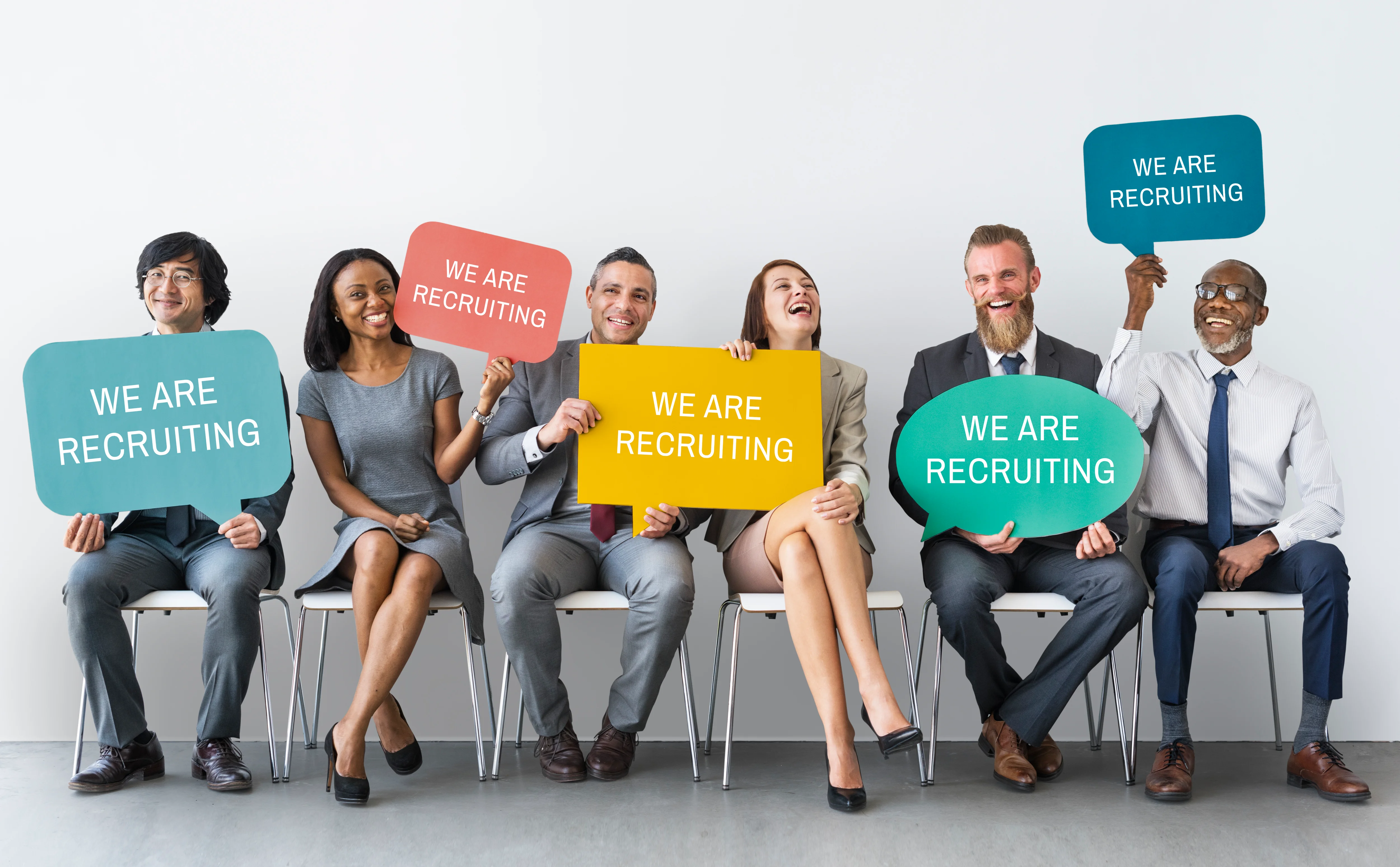Why Personalization is the Future of Digital Learning

Photo: Freepik.com, yanalya
For decades, education followed a one-size-fits-all model. Whether you were in a classroom or completing an online module, everyone got the same lessons in the same order at the same pace. While this approach made content delivery simple, it often left many learners behind. Some moved too quickly for the material, others fell behind, and very few had an experience tailored to their individual strengths, weaknesses, or preferences.
Today, that’s changing. Digital learning is entering a new era where personalization isn’t just a bonus feature—it’s becoming the expectation. Learners want content that feels relevant to them, adapts to their needs, and acknowledges that everyone learns differently.
The Limitations of Traditional E-Learning
Traditional online courses tend to be linear. You start at lesson one, move through the material in order, and finish with a final assessment. While structured, this approach ignores the fact that learners arrive with different levels of prior knowledge, learning styles, and goals. As a result, some waste time on concepts they already know, while others feel rushed through material they haven’t fully understood.
How Personalization Improves Learning Outcomes
Personalized learning adapts to the individual. It can skip topics a learner has already mastered, slow down when they need more time, or offer alternative explanations when the first one doesn’t click. By aligning the learning experience with the learner’s current knowledge and pace, engagement increases, frustration decreases, and knowledge retention improves.
Beyond pacing, personalization can also extend to content style. Visual learners might receive more infographics and videos, while text-focused learners could get detailed written explanations. Scenario-based learners might interact with role-playing simulations. The more a course aligns with a learner’s preferred style, the more effective it becomes.
The Role of Data and AI in Personalization
Modern learning platforms have access to powerful tools that make personalization easier than ever. AI can analyze learner behavior—such as quiz performance, time spent on specific lessons, or repeated mistakes—and adjust the course path accordingly. For example, if a student struggles with a particular concept, the system can offer extra practice, different explanations, or even real-world examples to reinforce the topic.
This level of responsiveness was once impossible without a personal tutor, but now it can be scaled to hundreds or thousands of learners at once. That’s why AI-powered platforms like Mexty.ai are at the forefront of the personalization trend, enabling creators to build adaptive learning paths without increasing their workload.
Meeting the Expectations of Modern Learners
Learners today are accustomed to personalized experiences in nearly every aspect of life. Streaming services recommend shows, shopping platforms suggest products, and news apps curate content based on interests. It’s only natural they expect the same from education. When learning feels custom-fit, it creates a sense of relevance and connection that motivates people to stick with it.
Why the Future is Personal
As technology continues to advance, personalization will move from a competitive advantage to a standard requirement in digital learning. Courses that fail to adapt will risk losing learners to platforms that deliver tailored, meaningful experiences.
For educators, trainers, and instructional designers, embracing personalization now means staying ahead of the curve. It’s not just about keeping learners engaged—it’s about preparing them for a world where learning is fluid, adaptive, and built around the individual.





